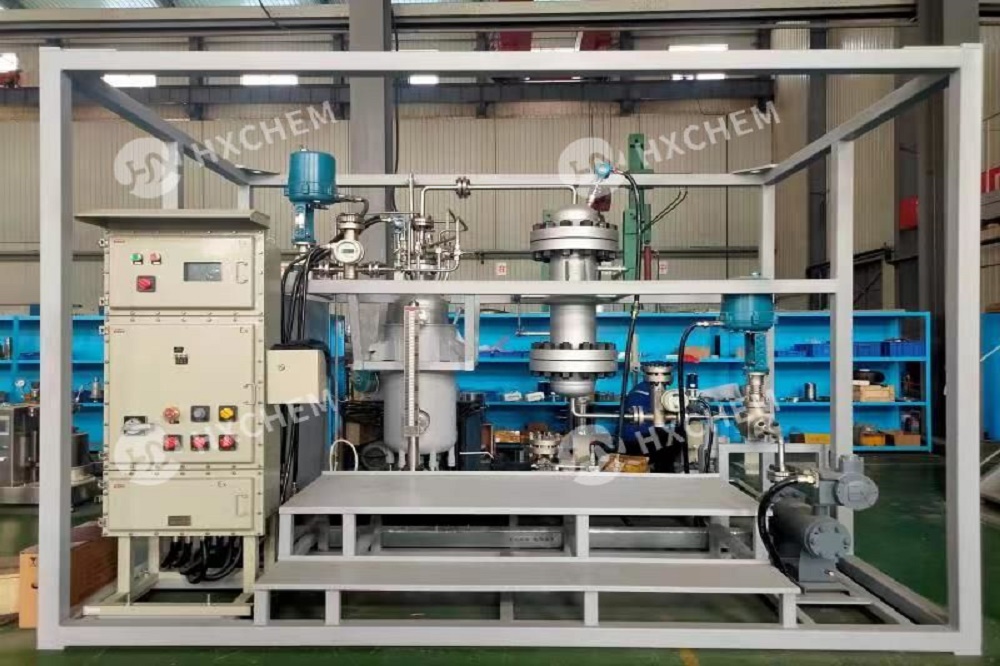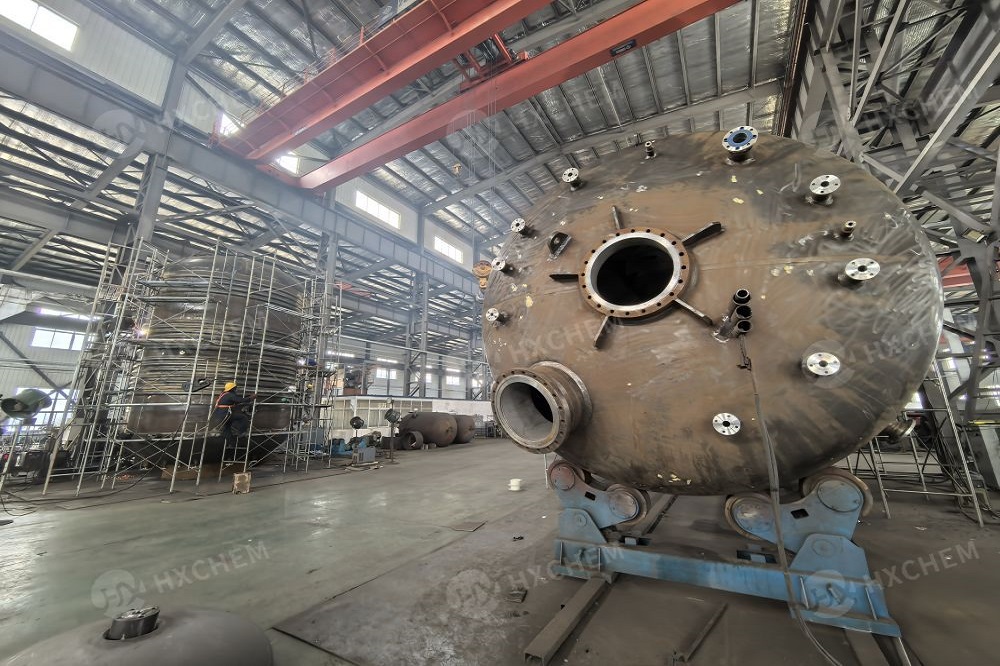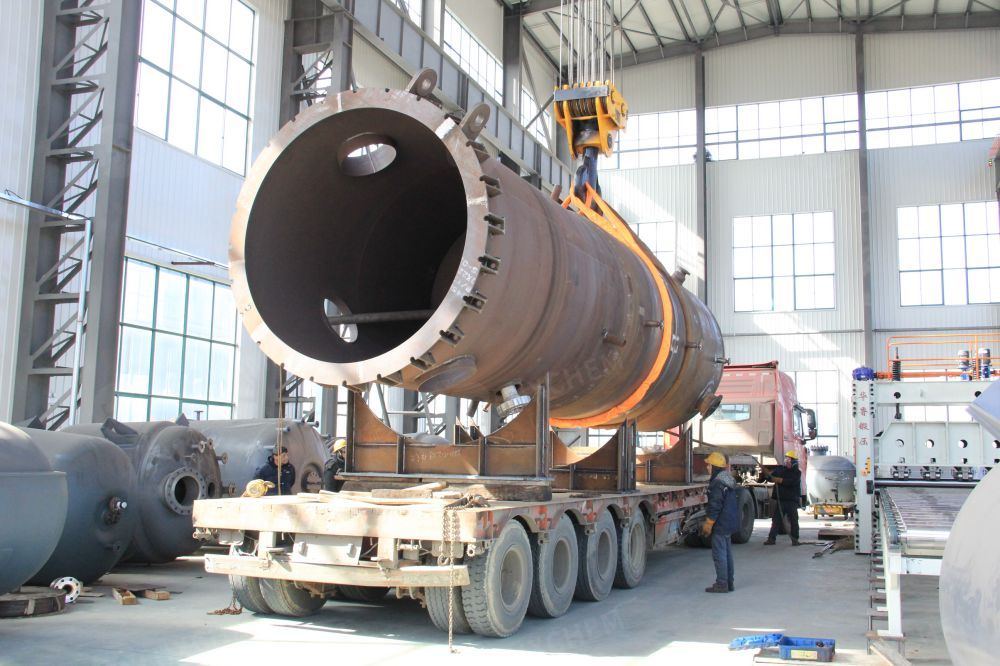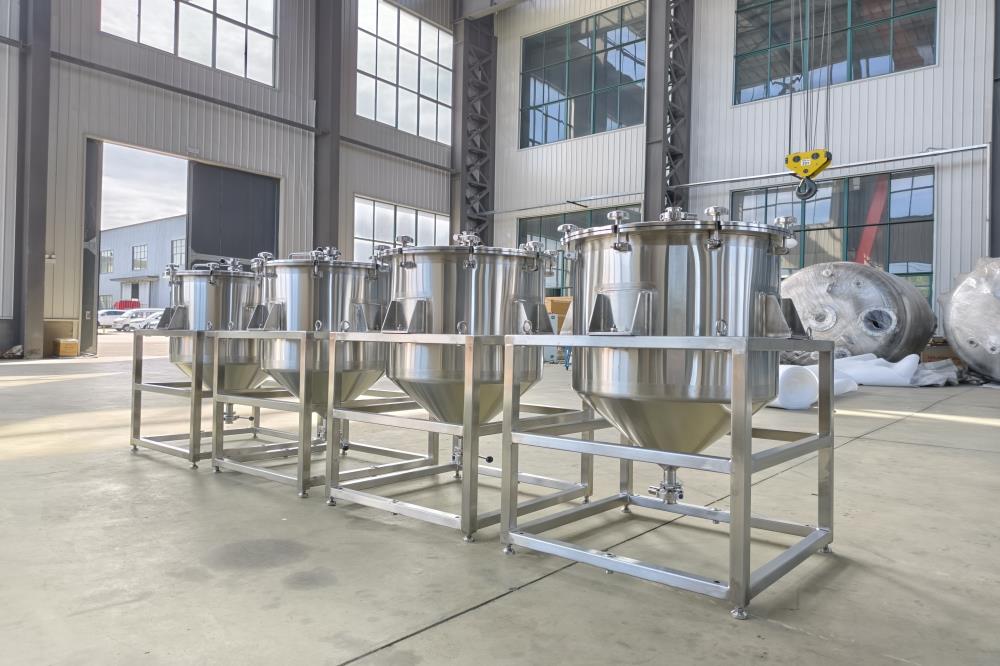Key Quality Control in Reactor Manufacturing
2025-07-09
Key Quality Control in Reactor Manufacturing
As the chemical, pharmaceutical, and specialty materials industries increasingly rely on high-performance agitated reactors (reaction kettles) to drive innovation and production efficiency, manufacturers face intensifying pressure to ensure these critical pressure vessels meet the highest standards of safety, reliability, and longevity. Successfully navigating the complex quality control landscape requires pinpointing and rigorously addressing several key design and manufacturing challenges.
Sealing Integrity: The First Line of Defense
Preventing leaks, especially of hazardous or valuable process materials, is paramount. Sealing system design presents a major challenge. This encompasses not only the primary vessel closure (lid/body) but crucially, the agitator shaft penetration. Selecting the optimal shaft seal type – whether sophisticated double mechanical seals with supporting systems (barrier fluid, pressure control), single mechanical seals, or specialized options like magnetic drives for absolute containment – demands careful consideration of process pressure, temperature, media corrosivity/toxicity, required lifespan, and maintenance protocols. Failure here risks catastrophic leaks, environmental incidents, and costly downtime.
Our company has been dedicated to researching magnetic seals for many years. The aim is to provide customers with high-quality reaction vessel equipment.
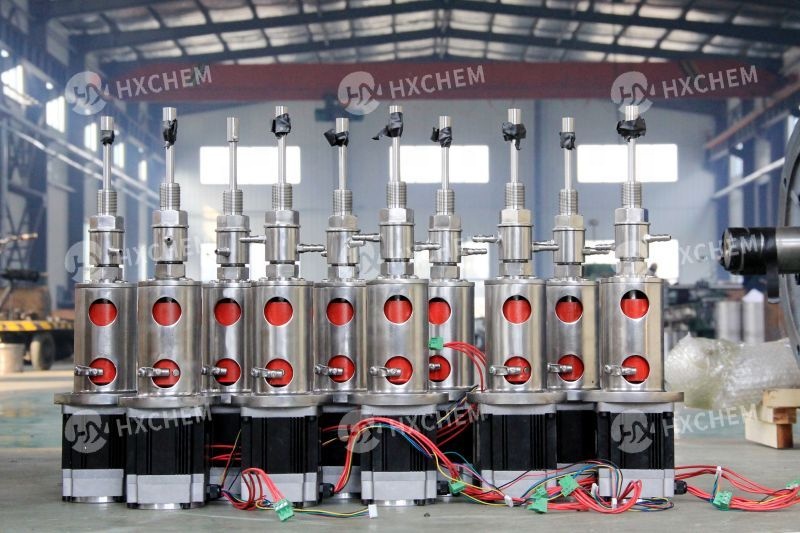
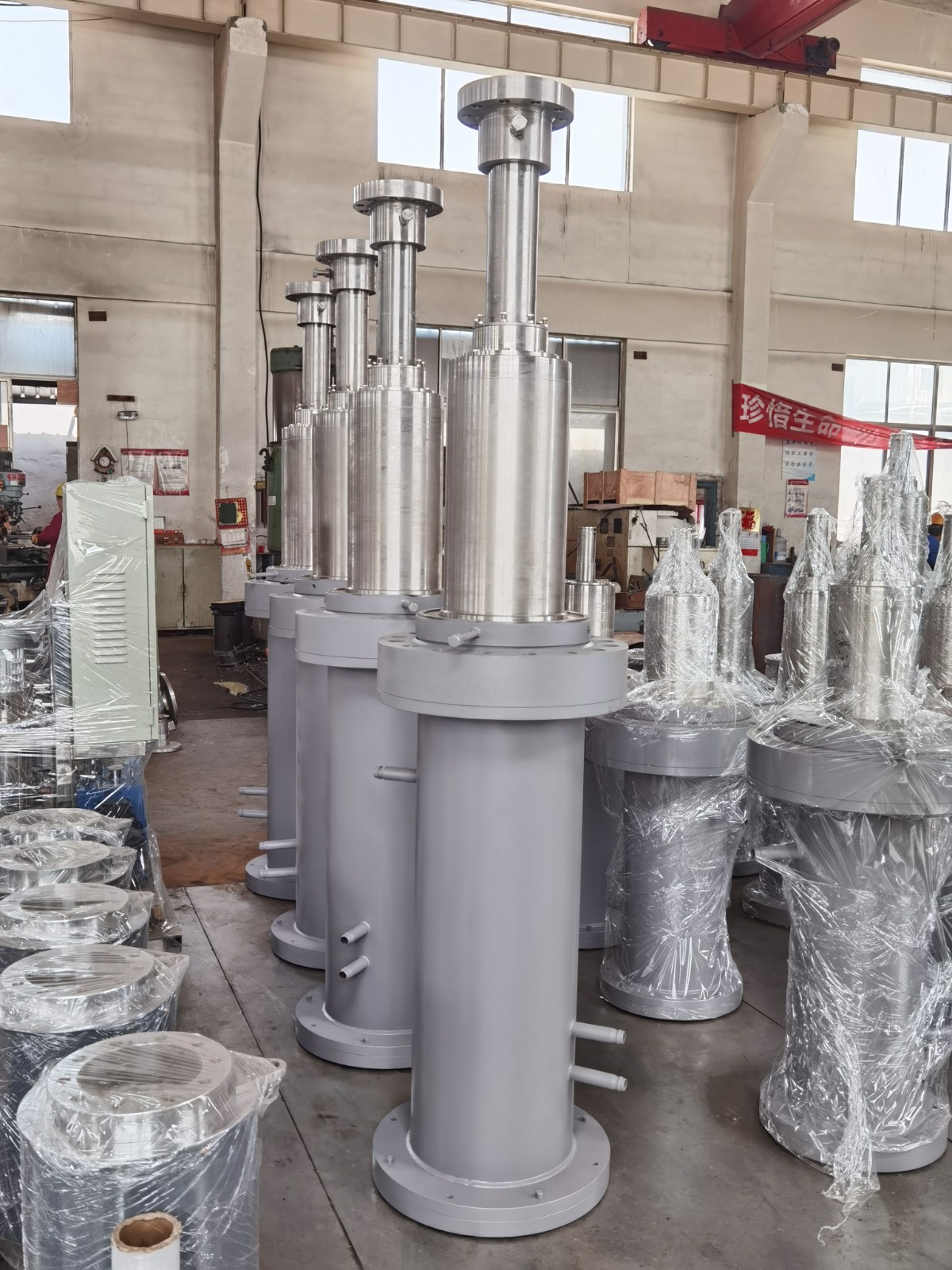
Securing Connections: Flanges Under Pressure
Flanged joint reliability is another critical pressure point. These numerous connections (vessel sections, nozzles, manways, instrumentation ports) are potential weak links. Ensuring leak-tight performance under thermal cycling and operational stresses requires meticulous control over flange machining flatness and surface finish, precise bolt selection and torque sequencing, and the use of correctly specified gasket materials compatible with the process conditions. Deviations can lead to fugitive emissions or joint failure.
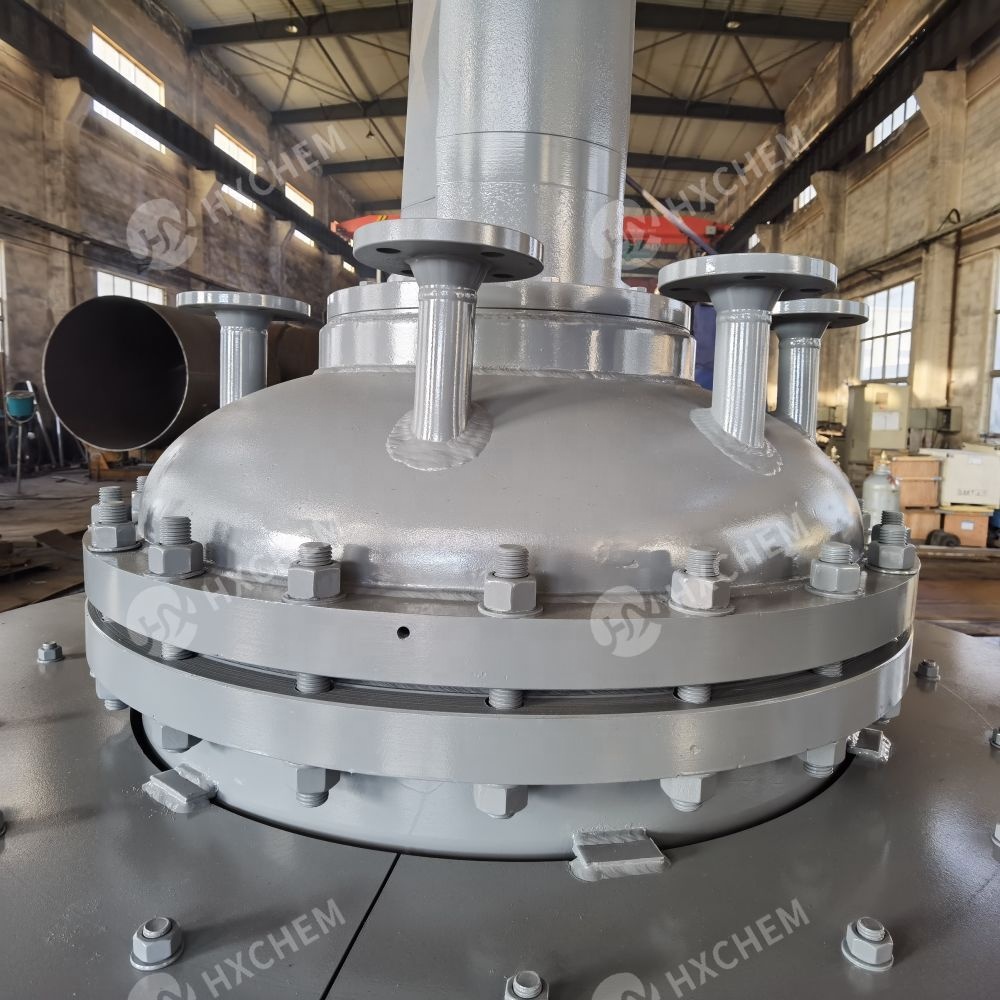
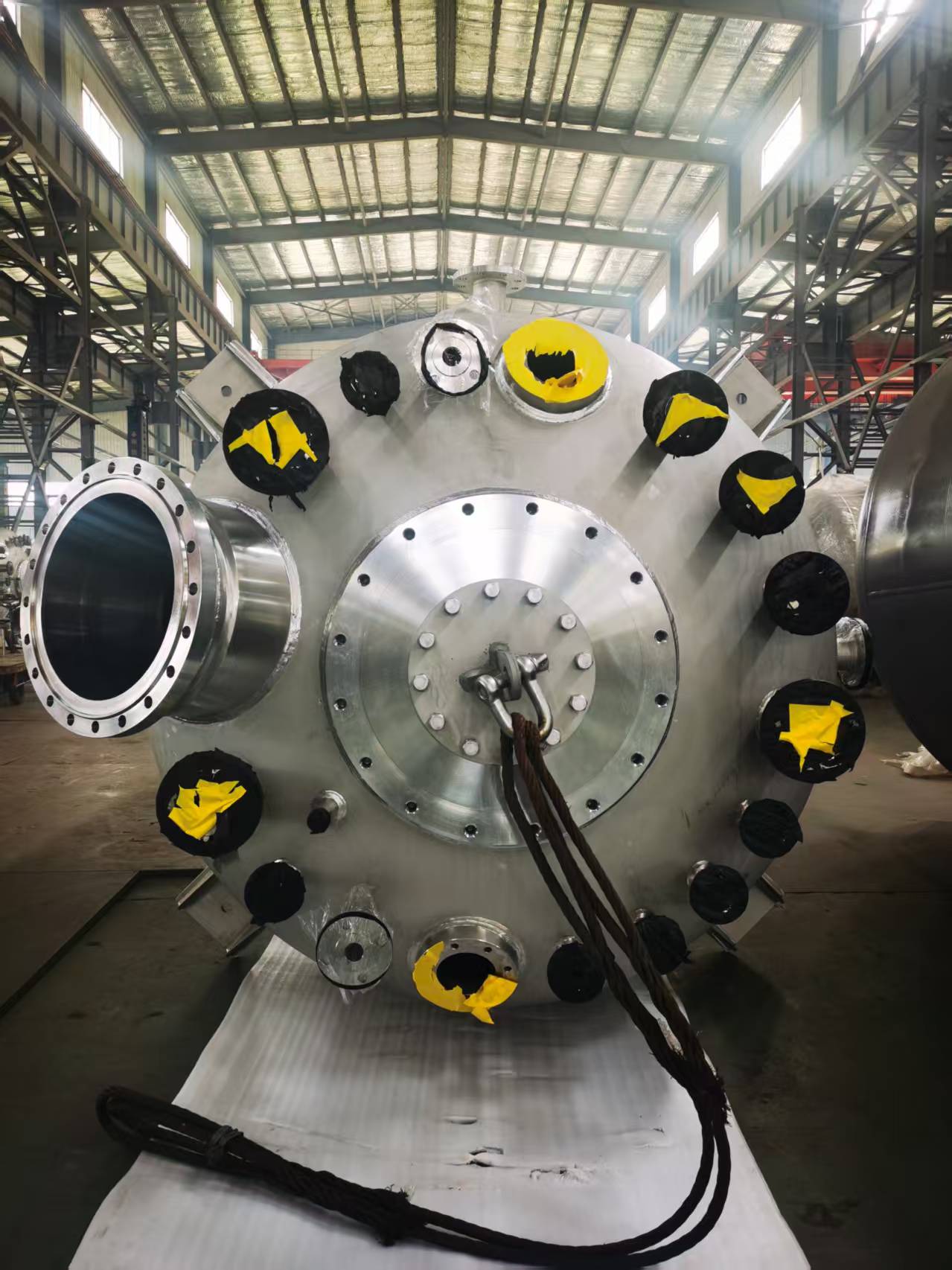
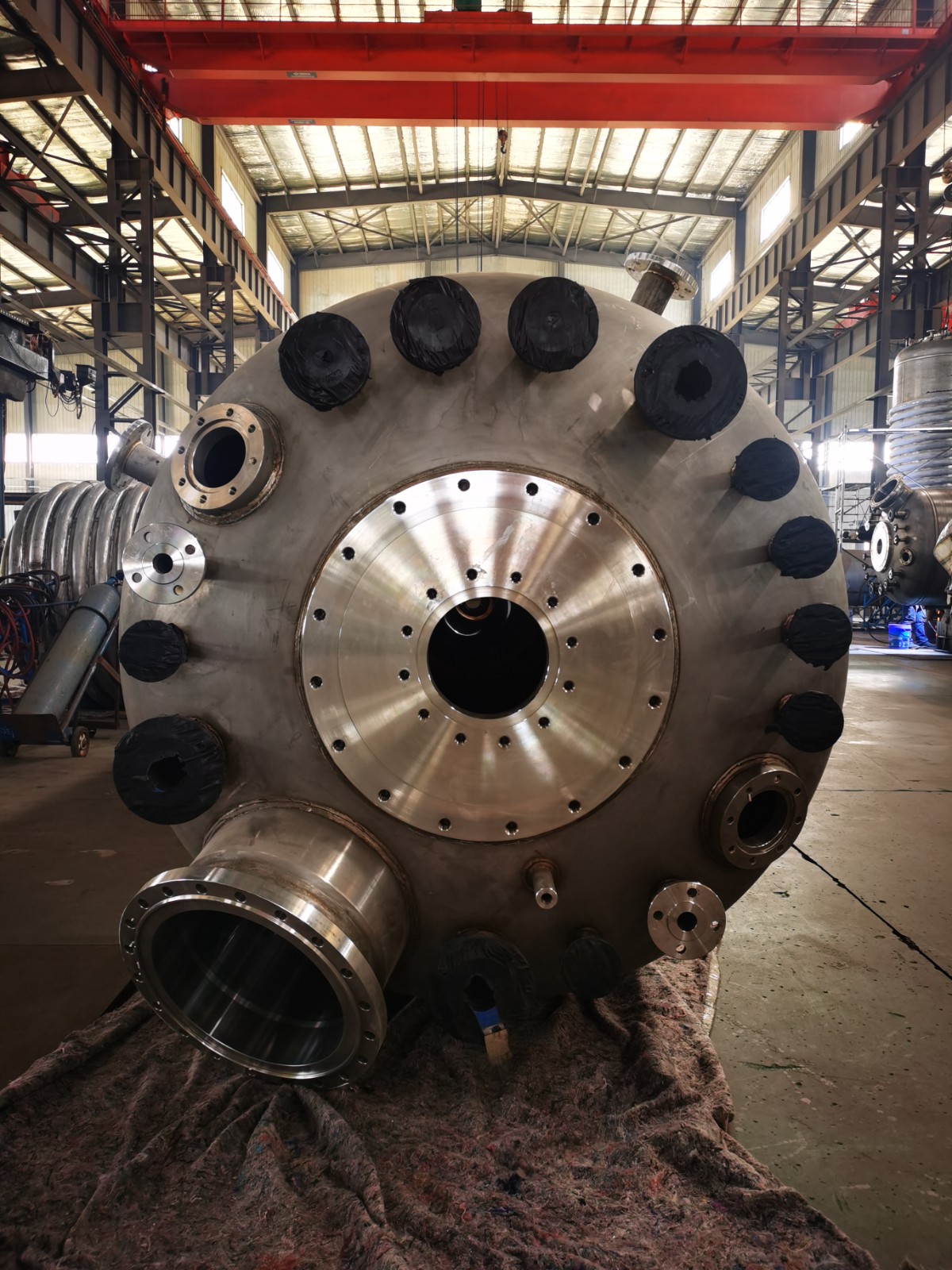
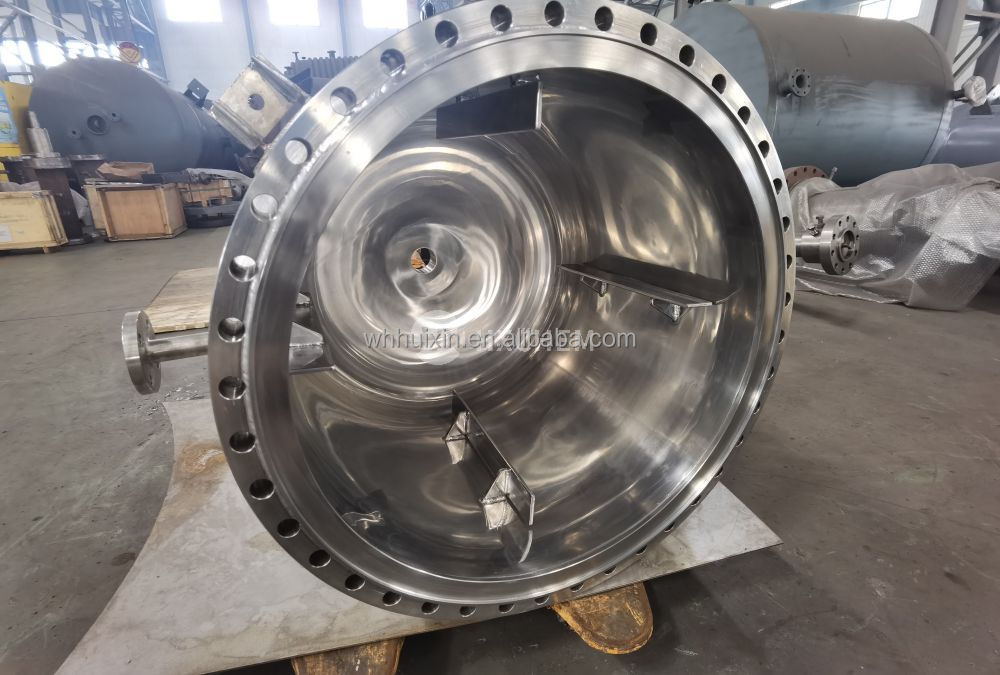
Foundation of Strength: Vessel and Jacket Design
The structural backbone lies in robust vessel shell thickness design. This requires sophisticated calculations adhering strictly to ASME BPVC Section VIII Div 1/2, PED, or other applicable codes, factoring in design pressure/temperature, material allowances, corrosion rates, and all anticipated loads (agitation, piping, weight). Under-design risks vessel failure, while excessive thickness wastes material and increases cost. Similarly, jacket structure optimization for heating/cooling is vital. Designers must ensure efficient heat transfer, manage thermal stresses between the inner vessel and jacket, guarantee uniform media flow, and provide adequate pressure support. Complex jackets (e.g., half-pipe coils, dimpled) demand extra attention to fabrication quality.
The Fabrication Crucible: Welding and Finishing
Welding quality is non-negotiable for pressure containment and structural integrity. Challenges include qualifying precise welding procedures (WPS) for the specific materials (often stainless steels like 316L, duplex, Hastelloy, or exotic alloys), ensuring 100% qualified welder performance, executing welds to exacting standards (full penetration, minimal distortion, no defects like cracks or porosity), and implementing rigorous Non-Destructive Testing (NDT) – typically 100% Radiographic Testing (RT) or Ultrasonic Testing (UT) of critical seams, plus Dye Penetrant Testing (PT) or Magnetic Particle Testing (MT) of attachments. Post-Weld Heat Treatment (PWHT) requirements must also be meticulously followed. Finally, achieving the specified internal surface finish (e.g., Ra < 0.4 µm for pharmaceutical applications) via mechanical polishing or electropolishing is crucial for product purity, cleanability (reducing microbial harborage points), and corrosion resistance. Maintaining consistency and avoiding contamination during polishing presents significant practical challenges.
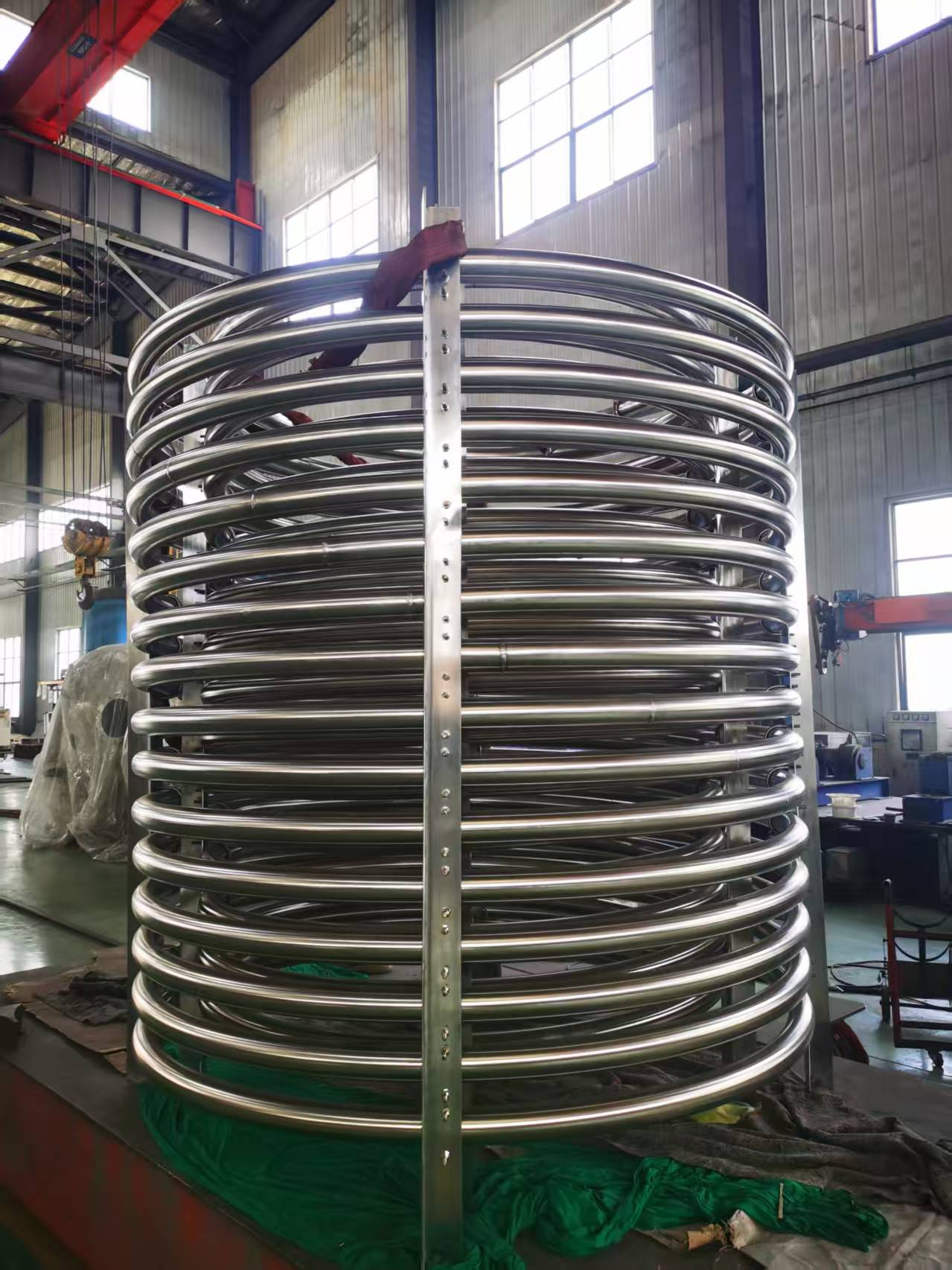
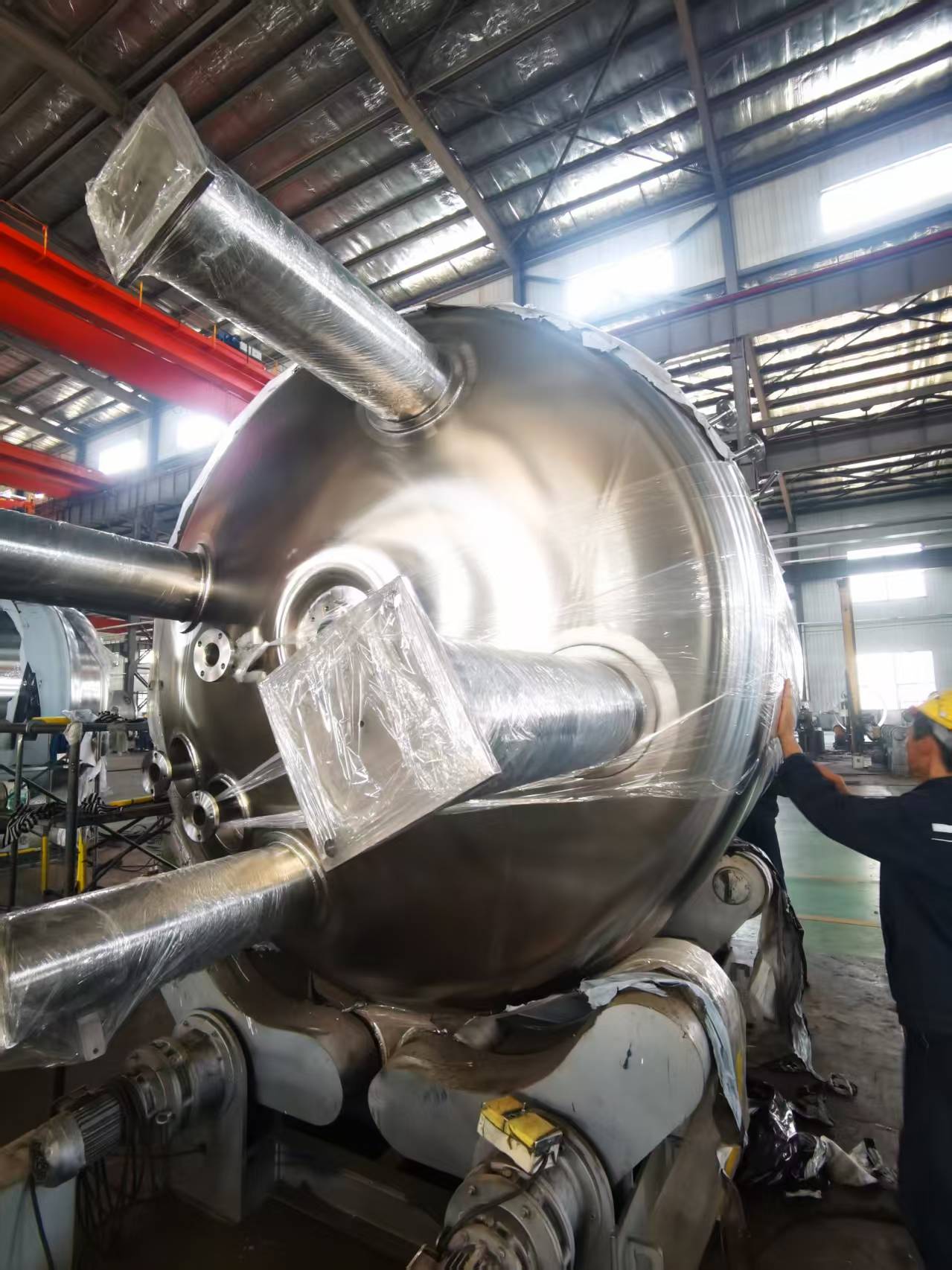
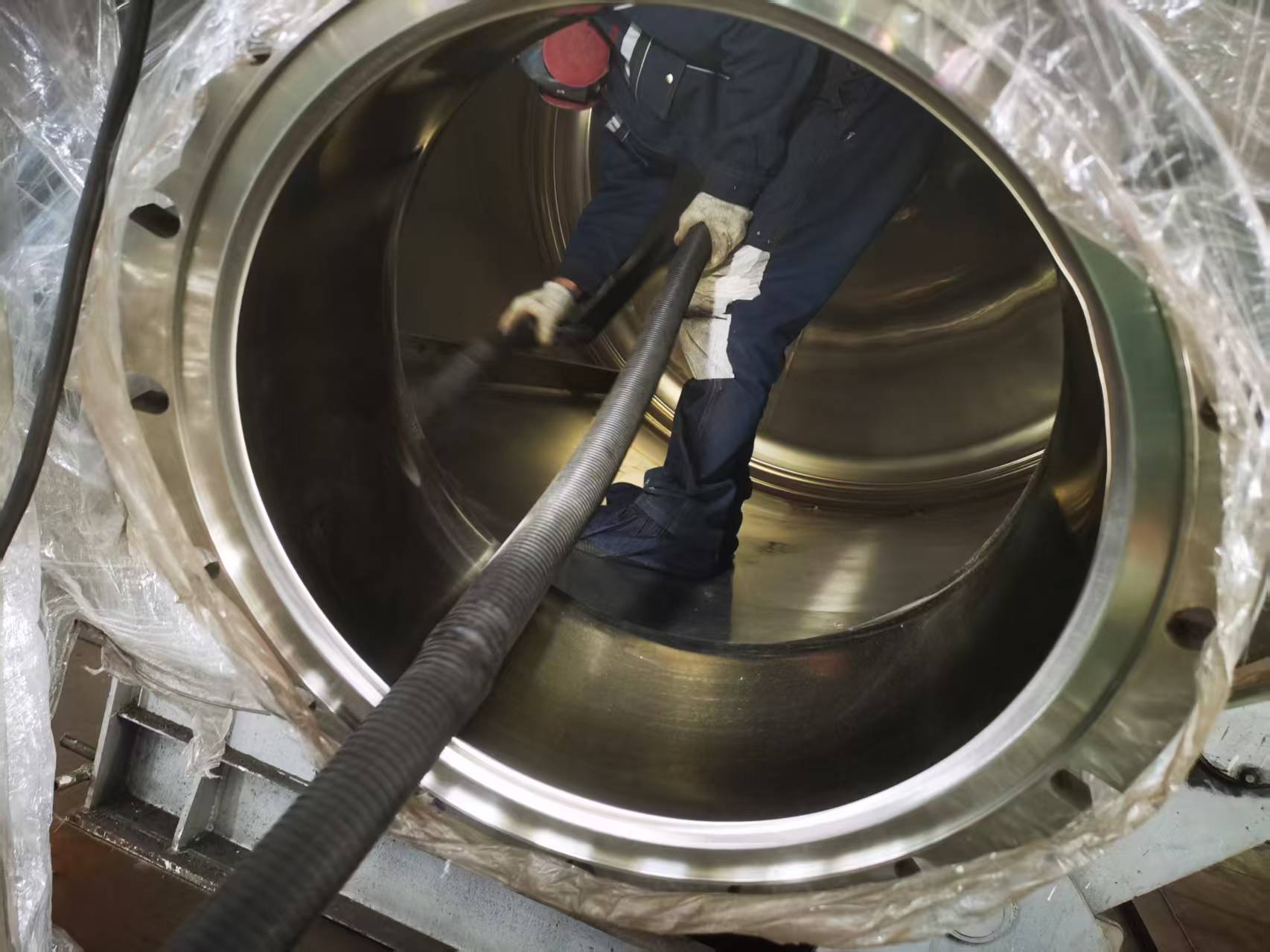
Meeting the Challenge Head-On
Leading manufacturers recognize that overcoming these hurdles requires a multi-faceted approach:
Advanced Engineering: Utilizing sophisticated FEA analysis for stress, thermal, and fatigue evaluation.
Strict Material Control: Comprehensive traceability and certification from mill to finished vessel.
Precision Manufacturing: Investment in state-of-the-art machining, forming, and welding equipment operated by highly skilled technicians.
Relentless Inspection & Testing: Implementing layered NDT, dimensional checks, hydrostatic/pneumatic testing, and functional testing of seals and agitation systems.
Comprehensive Documentation: Maintaining auditable records for full quality assurance and regulatory compliance (ASME U Stamp, PED CE Marking, etc.).
The Path Forward
As process demands become more severe and regulatory scrutiny intensifies, mastering these quality control fundamentals is not just a competitive advantage but a necessity. Manufacturers prioritizing excellence in sealing, structural design, fabrication, and finishing will deliver the safe, reliable, and high-performing reactors that modern industry demands.

